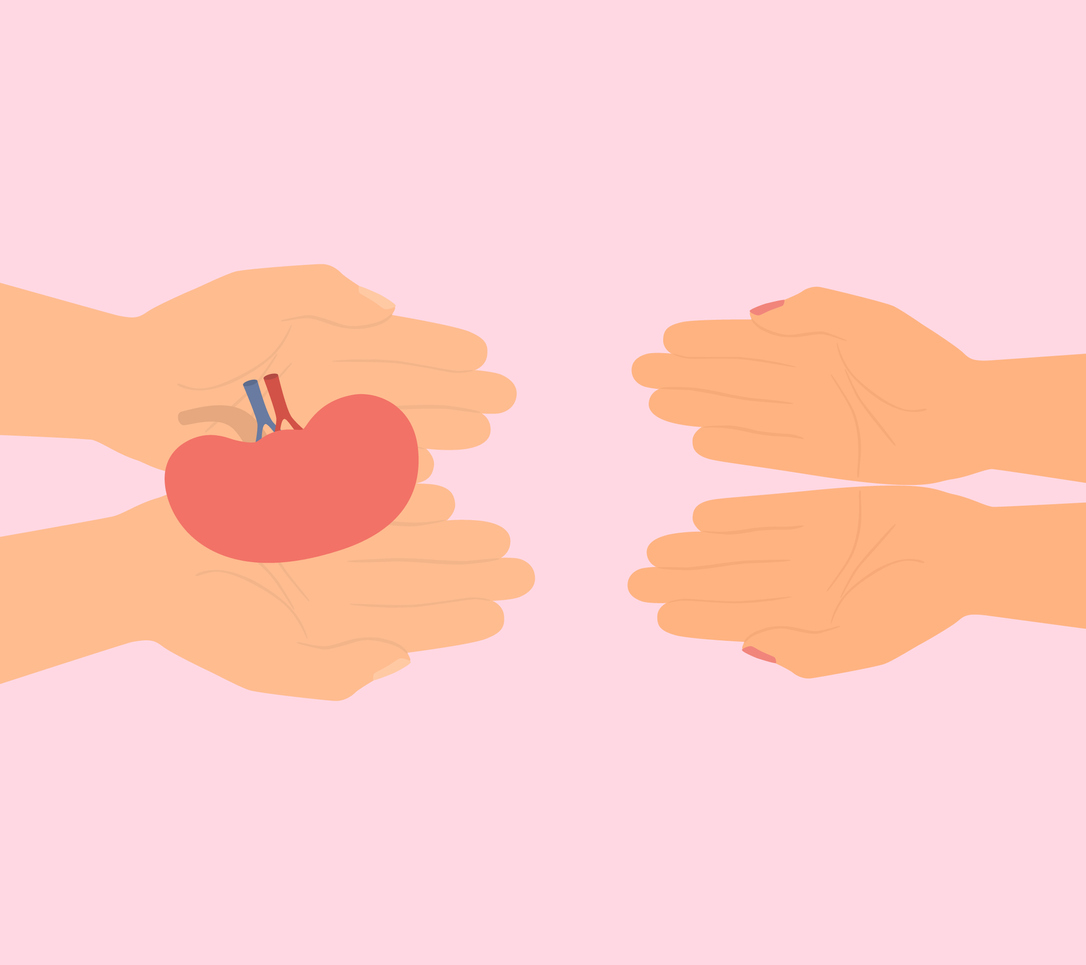By V. Scantlebury, MD, FACS
If someone you know is thinking about becoming a living donor, then they obviously want to help save a life or drastically improve the quality of life for the person they care about. This is one of the most obvious benefits to living donation.
So, what is the criteria to become a living kidney donor? Most of all, you must be at least 18 years of age and have two functioning kidneys.
Potential donors must also be in good health, and this is determined by the transplant center’s medical workup. Each transplant center’s criteria may be different from another center’s requirements.
A major emphasis in the workup of a potential living kidney donor is to make sure that they can survive on the remaining single kidney after donation without any predictable negative outcome.
While some transplant centers will use living donors with underlying high blood pressure, others will not, due to the risks of many more years of high blood pressure with one kidney and the potential risk of kidney disease in years to come.
There are some conditions that will prevent you from living donation:
- Diabetes
- Cancer, except for certain skin cancers
- Heart, lung or blood vessel diseases
- Serious mental health conditions
- Drug or alcohol use disorder
- Certain infections such as HIV
- BMI over 32 (varies by center)
- Bilateral kidney stones
Once a donor completes the medical workup, they may be disqualified based on an unexpected finding on the CT scan of the kidneys. It may be that the anatomy of the kidney is not acceptable for donation, such as multiple renal arteries, multiple cysts, smaller than expected kidney, or other unusual findings.
For the benefit of the donor, it is best to leave the donor with the better of the 2 kidneys. If the abnormal one will not be adequate for the recipient, the better kidney is never removed.
If there is a possibility of correcting the abnormality in the proposed kidney, then this is attempted. For instance, if there are 4 arteries, then they may be joined together before implanting to make it easier to connect.
What if I am not the same blood type?
Some donors may not be compatible with the intended recipient. In some transplant centers, all potential living donors are asked if they are willing to enter a paired donor exchange if it becomes possible to do so.
Since blood type “O” donors can donate to all blood types, such an “O” blood type donor would be able to give to another recipient who is unable to match with their own donor.
The possibility of creating such a chain of potential transplants not only benefits the person who you were intending to donate to, but the multiple other recipients that benefit from your willingness to enter a paired donor exchange.
Do you know that you do not have to have an intended recipient if you are interested in being a living donor? For such persons, they donate to the next suitable person on the transplant’s center’s list, or start a chain donation via a Kidney Exchange Program.
Organ donation saves lives, and living donors make it possible to do so and see the benefits of their unselfish act. If you know anyone who is interested in being a living donor, please have them reach out to the nearest transplant center to get more information about the process.




